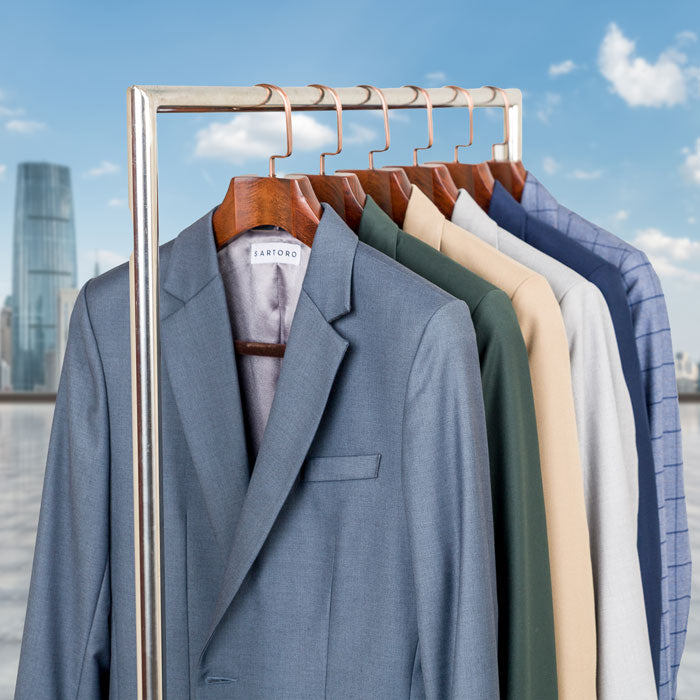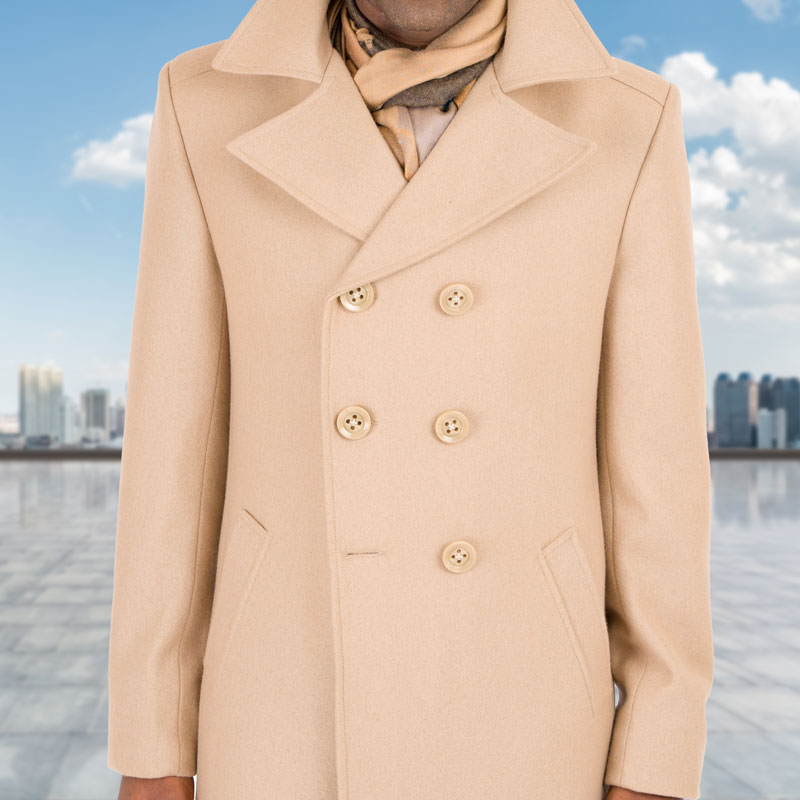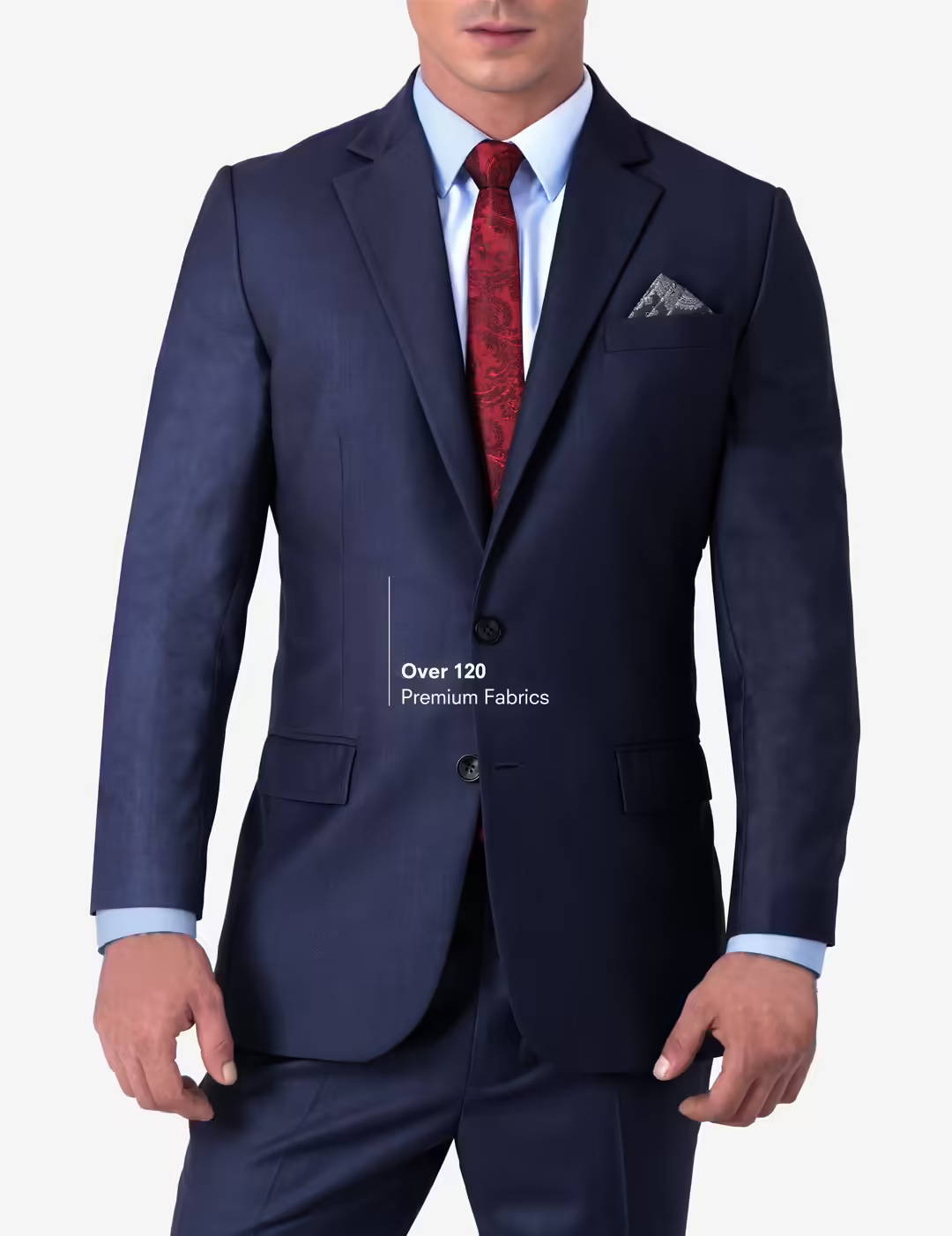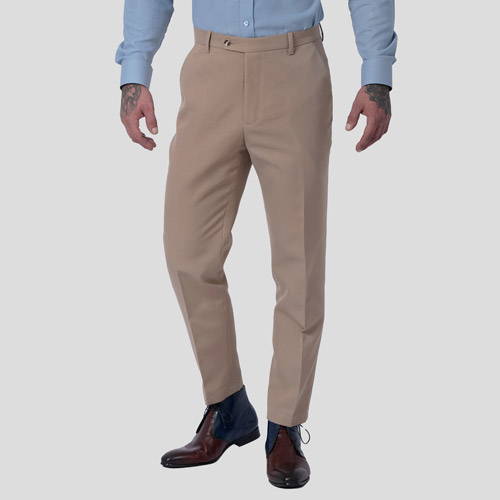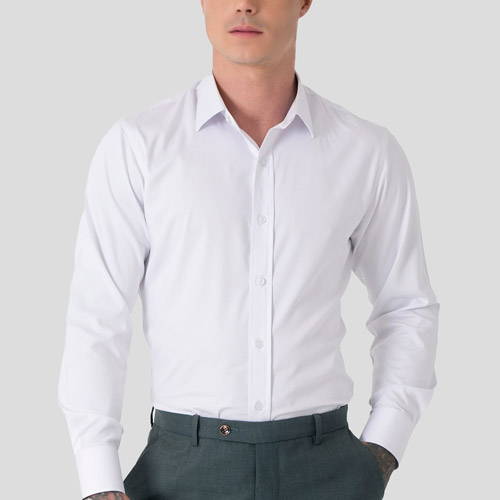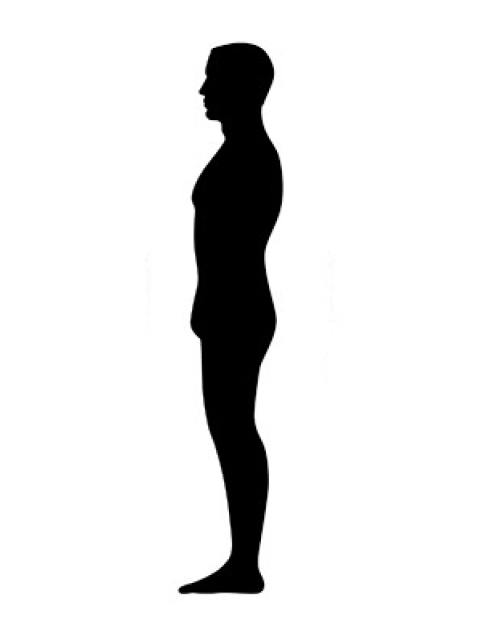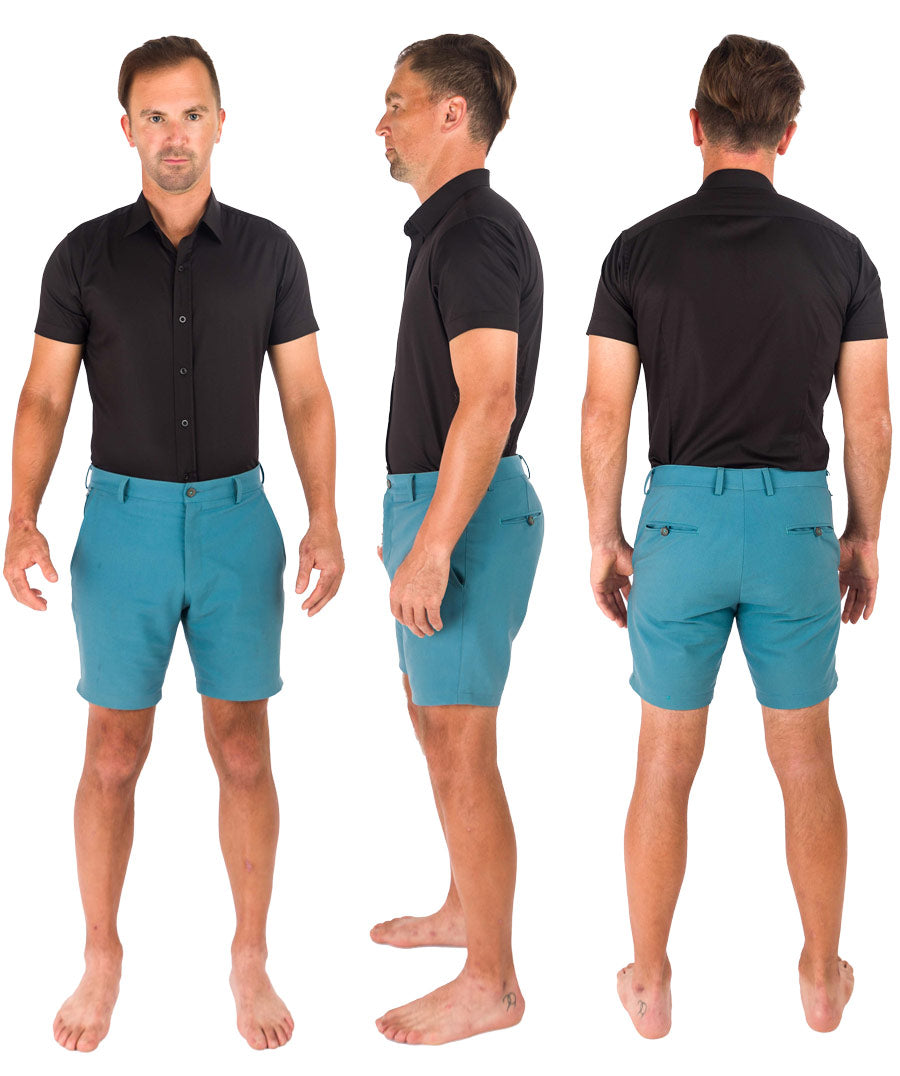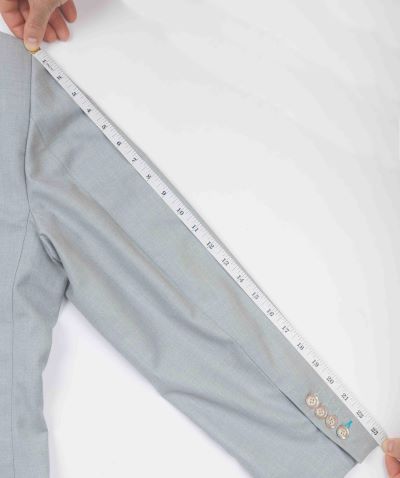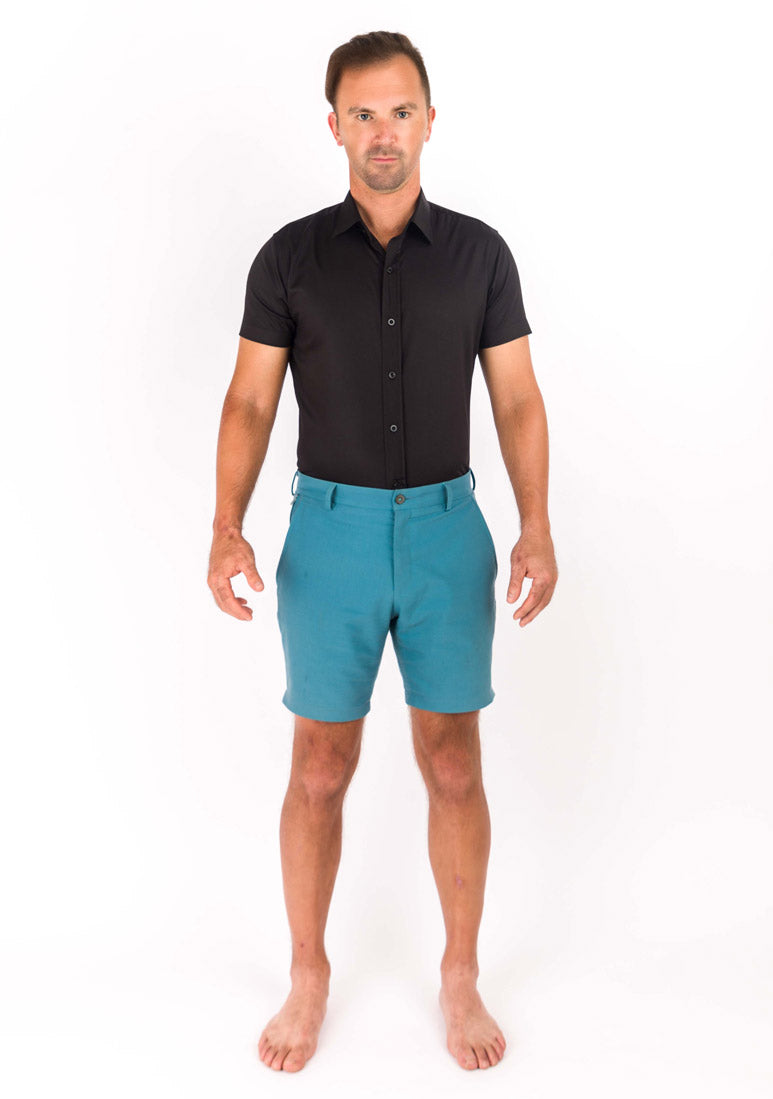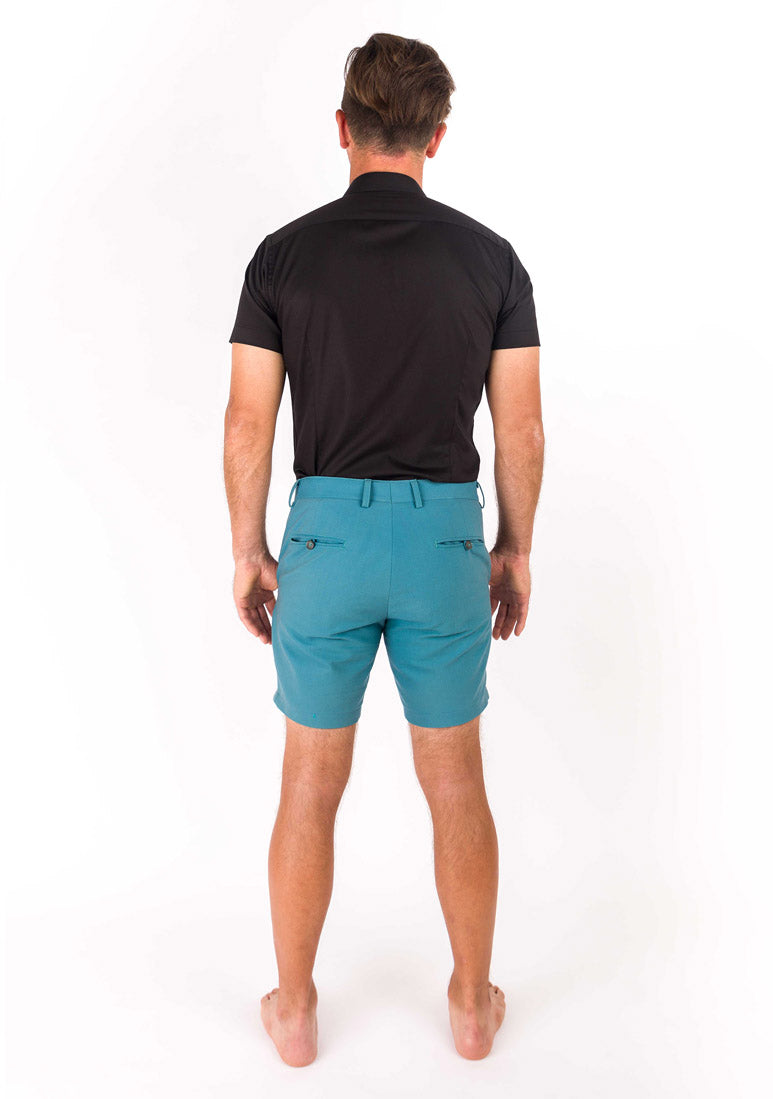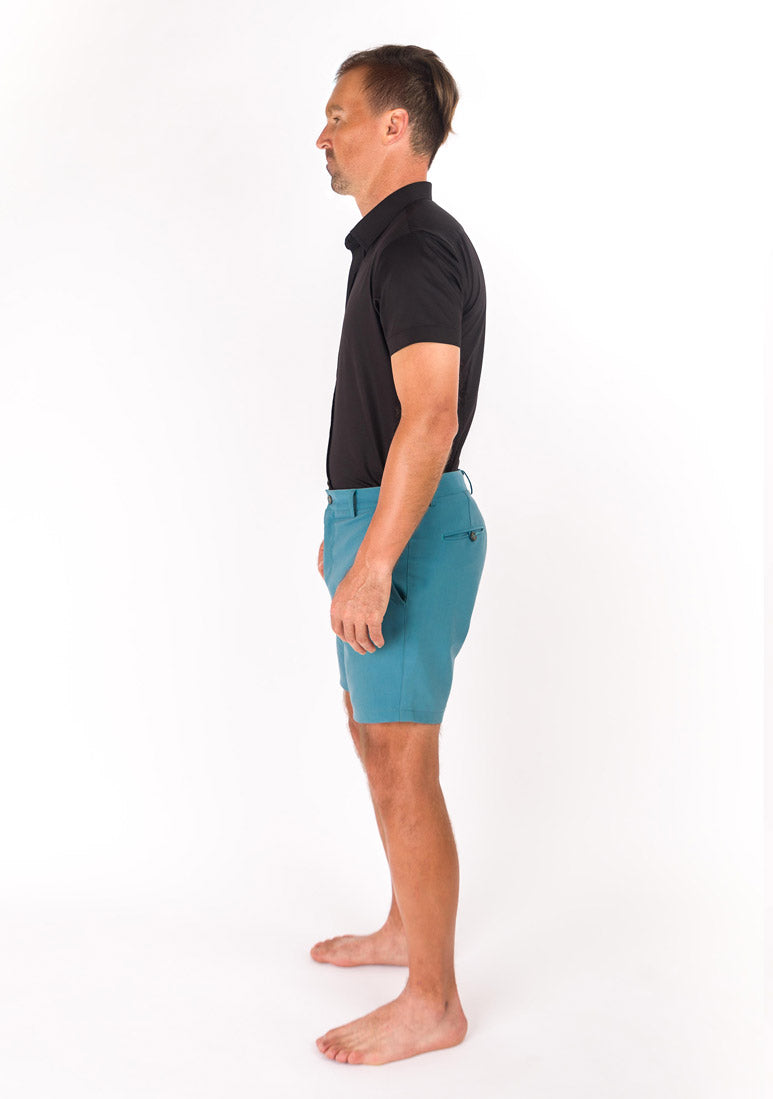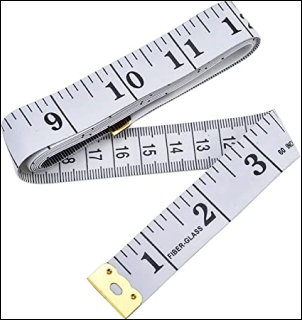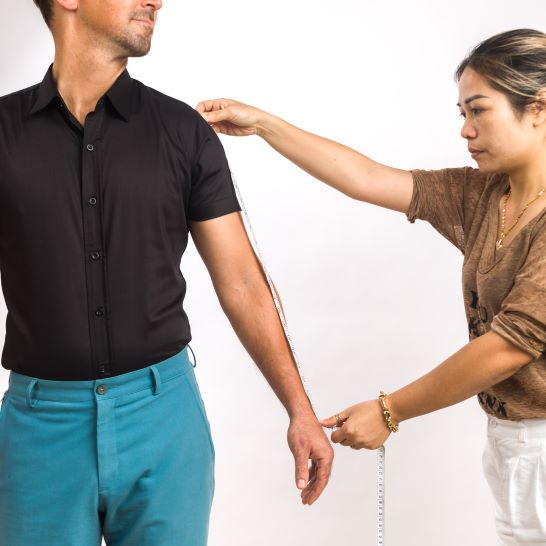STEP OUT IN CONFIDENCE, ARRIVE IN STYLE
Experience the feeling of a suit made to fit
one person... you.
Get a free $99 Shirt with any suit purchase.
Add both to your cart & use code: FREESHIRT
100% fit guarantee & free first order returns.

Free 1st Order Returns If You Don't Love It

300+ Five Star Reviews
Our customers tell the story. Over 170 reviews on-site, 100+ on TrustPilot (4.8/5.0 Score), 50+ across other sites. <1% return rate.
FREE First Order Returns
First Order Returns
Returns on custom made clothing? You bet. If you're not happy with your first Sartoro purchase, send it back for a full refund.
free Alterations & Remakes
Alterations & Remakes
Worried it won't fit? If you have any issues, we cover alterations and if necessary will remake the garments quickly. Learn more.

"Your New Favorite Suit - A fusion of New York
design & comprehensive personalization"

"Streamlined & sophisticated... the easiest
way to get a great custom fit online"

300+ Five Star Reviews
Our customers tell the story. Over 170 reviews on-site, 100+ on TrustPilot (4.8/5.0 Score), 50+ across other sites. <1% return rate.
FREE First Order Returns
First Order Returns
Returns on custom made clothing? You bet. If you're not happy with your first Sartoro purchase, send it back for a full refund.
free Alterations & Remakes
Alterations & Remakes
Worried it won't fit? If you have any issues, we cover alterations and if necessary will remake the garments quickly. Learn more.
STAY WARM IN CUSTOM MADE STYLE
Buy A Coat
Get A Shirt
Yep, coats too! Use code: FREESHIRT
9 Colors. Choose your style, length & weight.
100% fit guarantee & free first order returns.

Custom clothing that’s easy to order, affordable & great value
Your New Favorite Suit - A fusion of New York design & comprehensive personalization in a seamless experience
"Your New Favorite Suit - A fusion of New York
design & comprehensive personalization"
Custom clothing that’s easy to order, affordable & great value

"Streamlined & sophisticated... the easiest
way to get a great custom fit online"
Your New Favorite Suit - A fusion of New York design & comprehensive personalization in a seamless experience

UPGRADE ANY LOOK WITH A CUSTOM FIT
UPGRADE ANY LOOK
Jackets & Blazers
Jackets
& Blazers
Bold styles and classic threads. Design yours.
100% fit guarantee & free first order returns.

Premium craftsmanship.
Custom experience.
We didn't reinvent the tailoring wheel... we just made it better. Modern technologies woven into a better online experience drive efficiencies that raise quality and reduce your cost.
Custom made by in-house world class tailors
One minute measurements, with a fit guarantee
Industry leading delivery in as little as two weeks
Premium craftsmanship.
Trusted by over 3000.
We didn't reinvent the tailoring wheel... we just made it better. Modern technologies woven into a better online experience raise quality while reducing your cost. Over 3000 customers have made the Sartoro switch.
Custom made by world class tailors
Industry leading 2-3 week delivery
One minute measurements,
backed by our Fit Promise
Top Selling Suits
All Sartoro suits are crafted by our team of expert tailors with decades of collective experience.
Whether you're purchasing for work, leisure, or for your wedding - you're receiving a garment made exclusively for you.
Top Selling Suits
All Sartoro suits are crafted by our team of expert tailors with decades of collective experience.
Whether you're purchasing for work, leisure, or for your wedding - you're receiving a garment made exclusively for you.
Tired of off-the-rack clothing that just doesn't look quite as good as it should?
We were too. So we set out to make premium custom clothing easy, approachable & affordable.
Getting the perfectblazer| is as easy as...
Choose your fabric
With over 120 fabrics to choose from, we have something for every occasion. Want to see the fabric first? Order samples. Just remember - these deals will be gone soon. With free first order returns, shop risk free.

Choose
your fabric
With over 120 fabrics to choose from, we have something for every occasion. Want to see the fabric first? Order samples. Just remember - these deals will be gone soon. With free first order returns, shop risk free.

Customize your style
Our state-of-the-art suit designer allows you to visually design your garments in real time. Choose everything, from the jacket type to the buttons, pockets, lining and more.
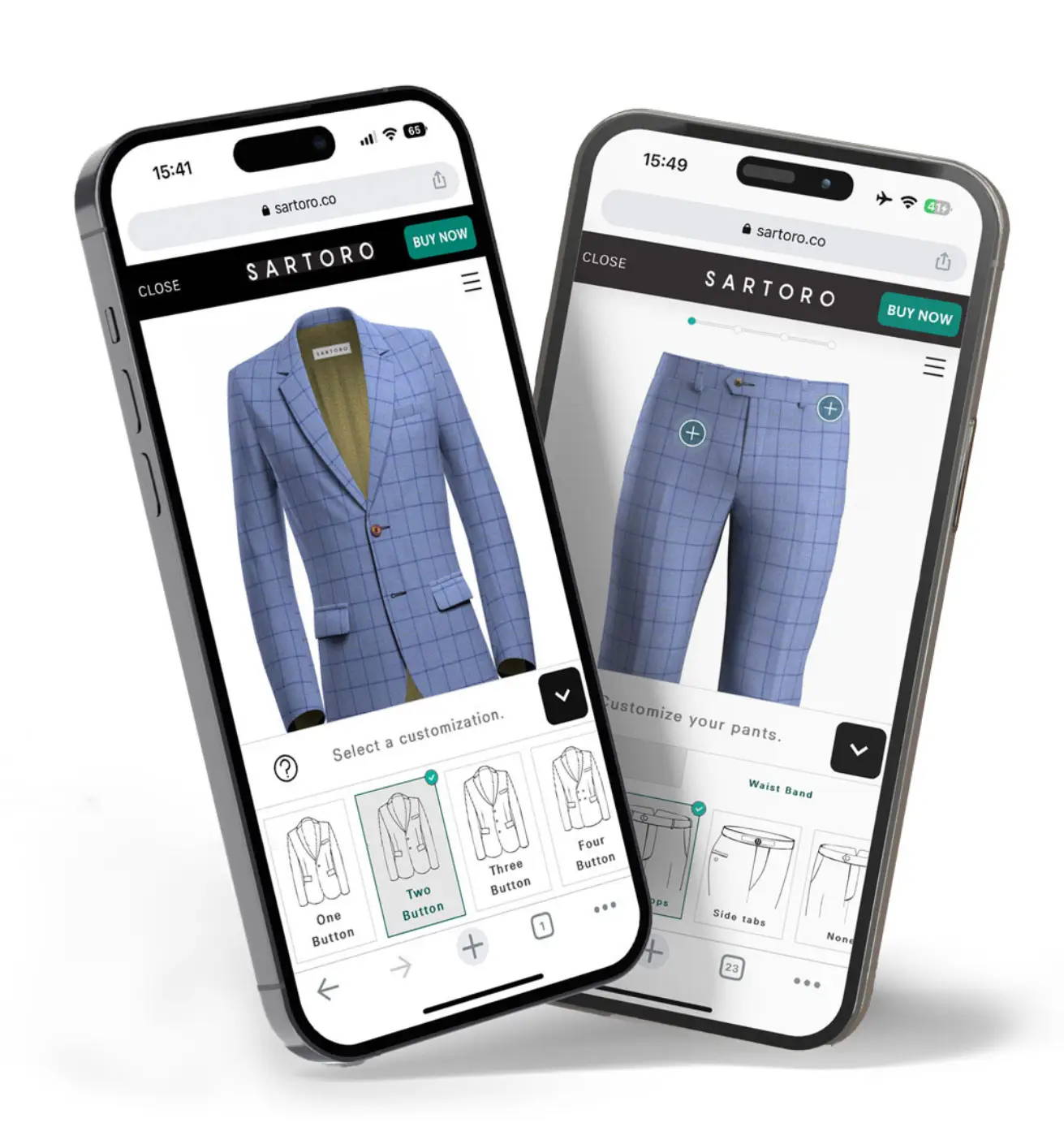
Get fitted in a minute
Our AI-powered Digital Tailor will get you measured for custom garments fast - without you having to pick up a tape measure. Industry-leading tech, backed by our Fit Promise.
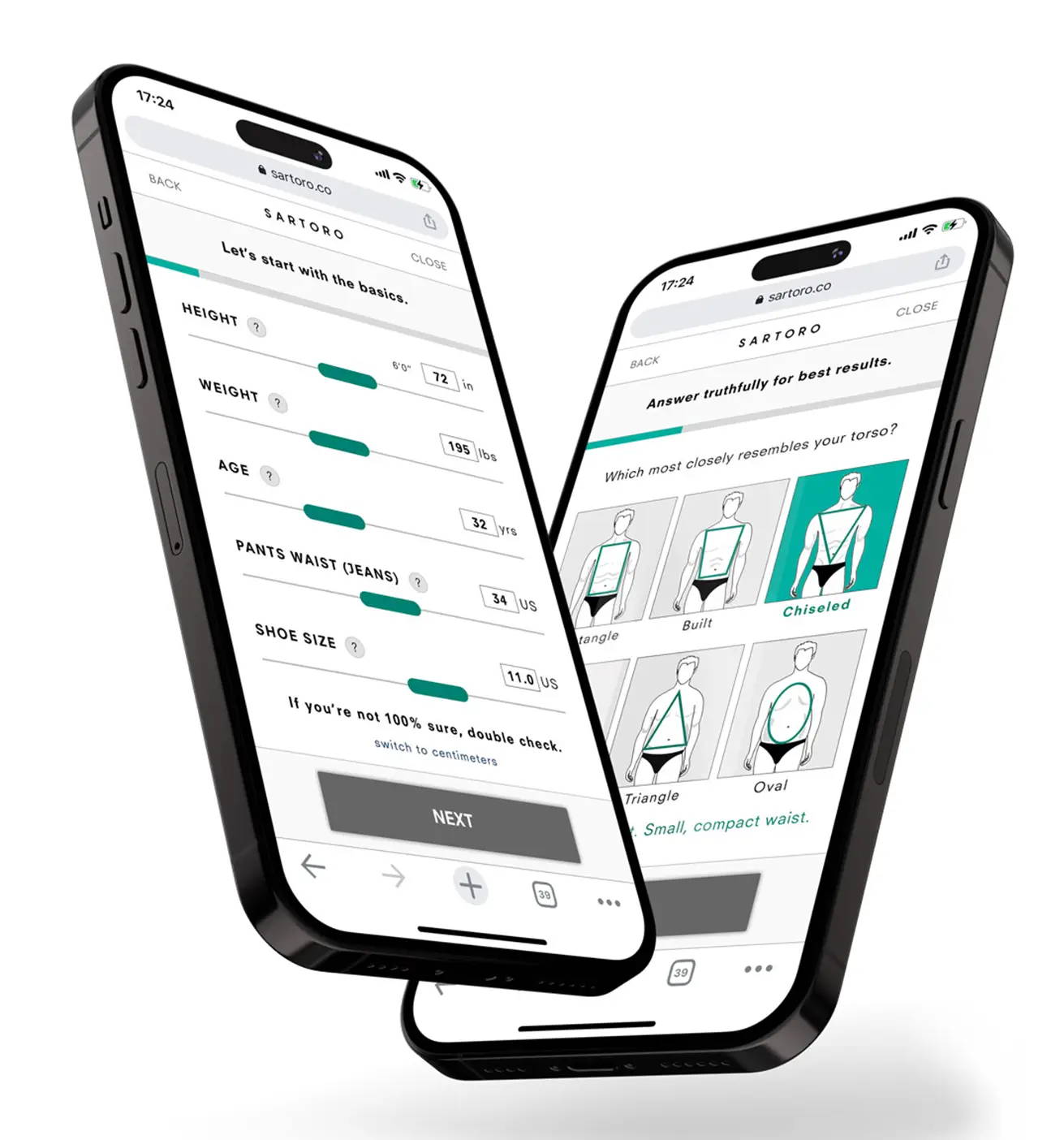
Upgrade to Custom. See the Difference.
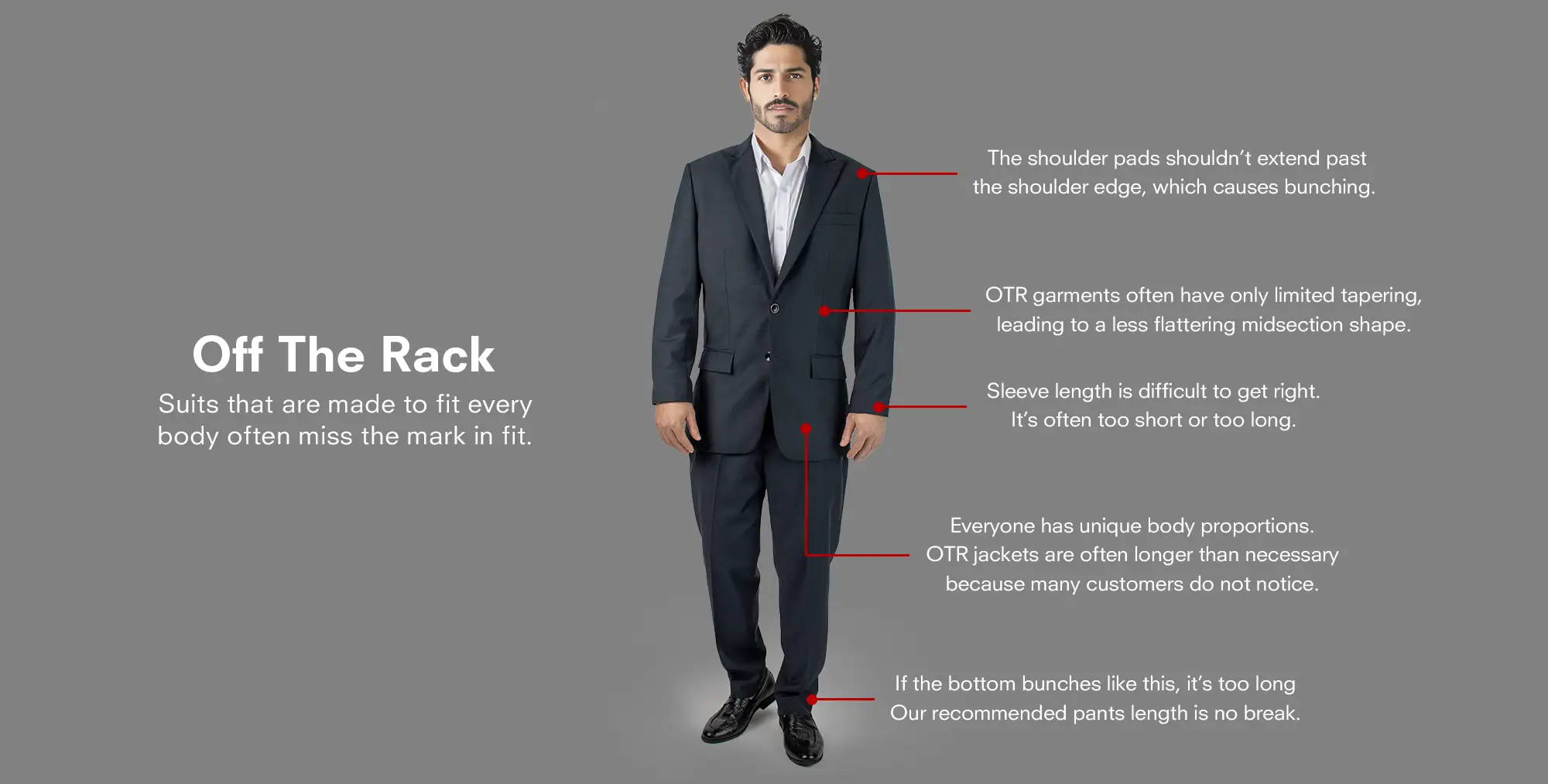
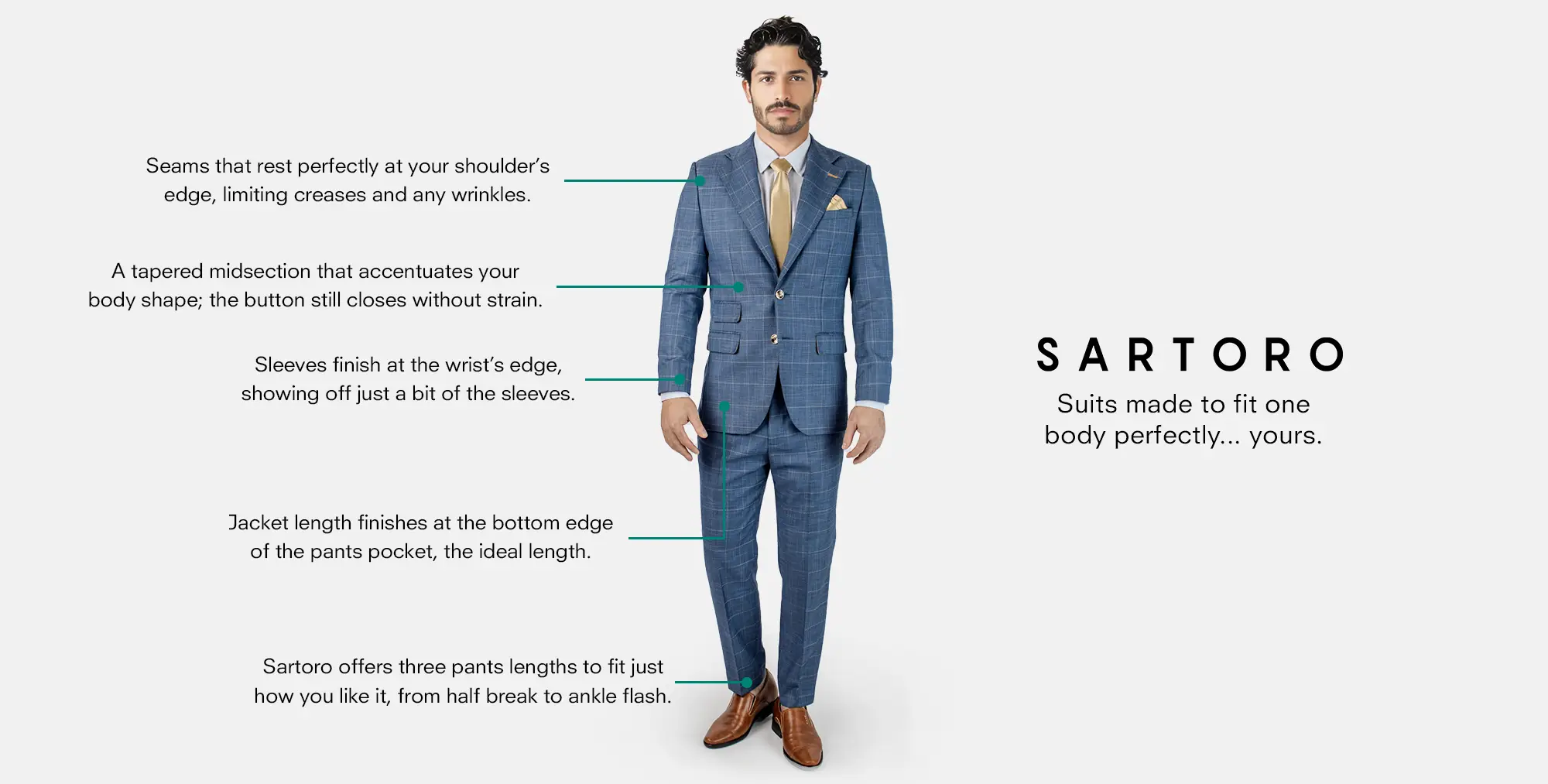
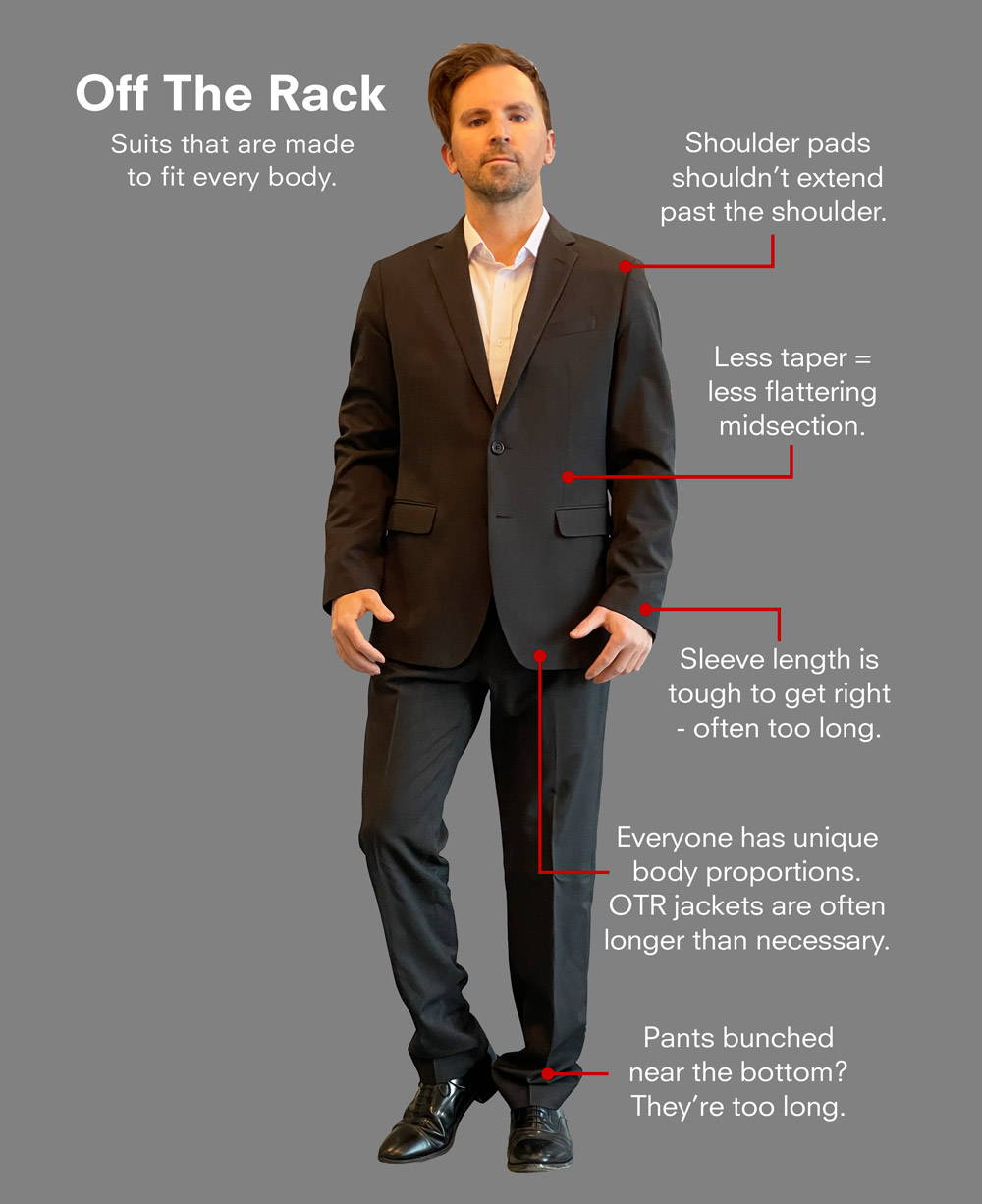
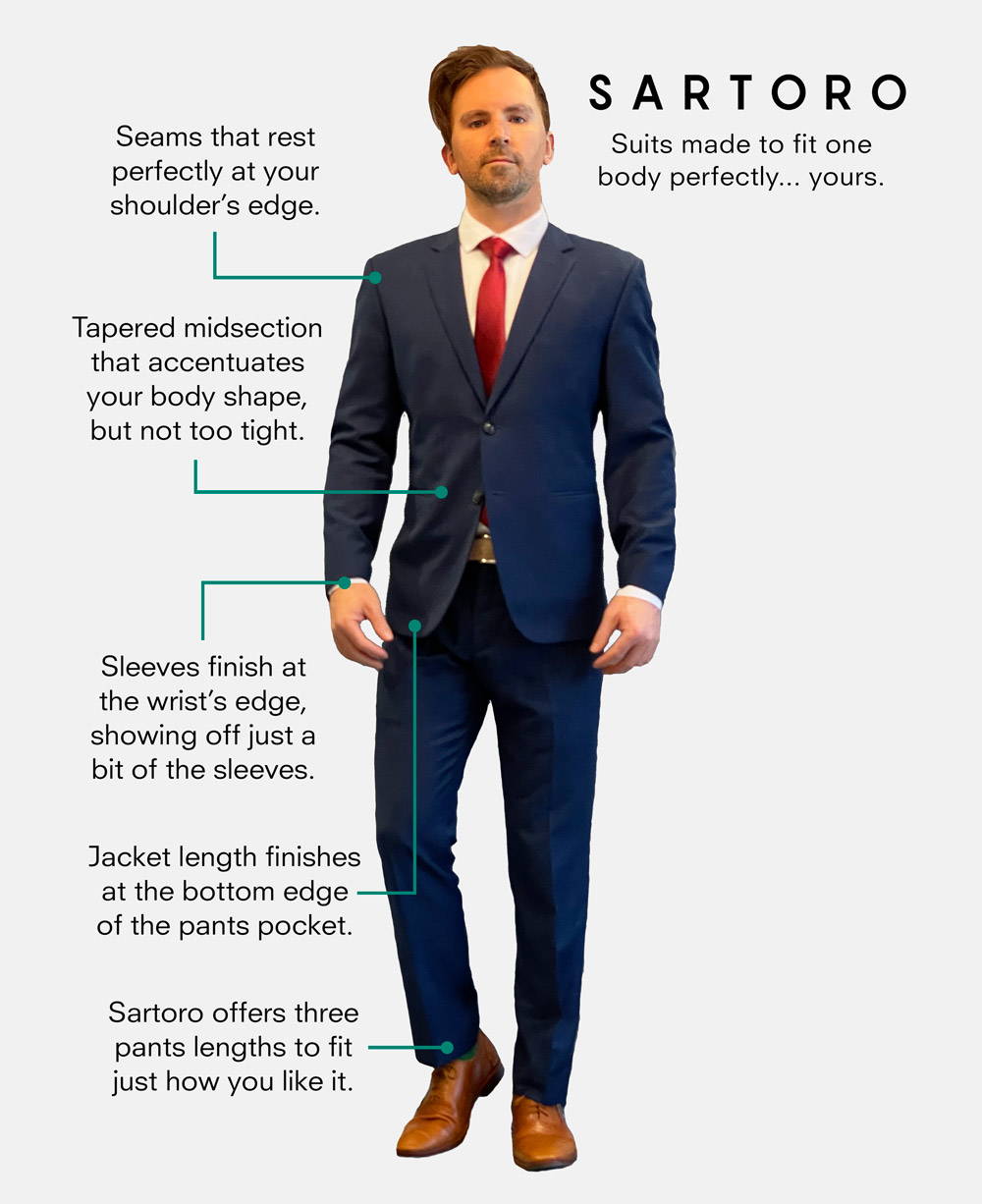
Customize
your style
Our state-of-the-art suit designer allows you to visually design your garments in real time. Choose everything, from the jacket type to the buttons, pockets, lining and more.

Get fitted
in a minute
Our AI-powered Digital Tailor will get you measured fast - without you having to pick up a tape measure. Industry leading tech, backed by our Fit Promise.
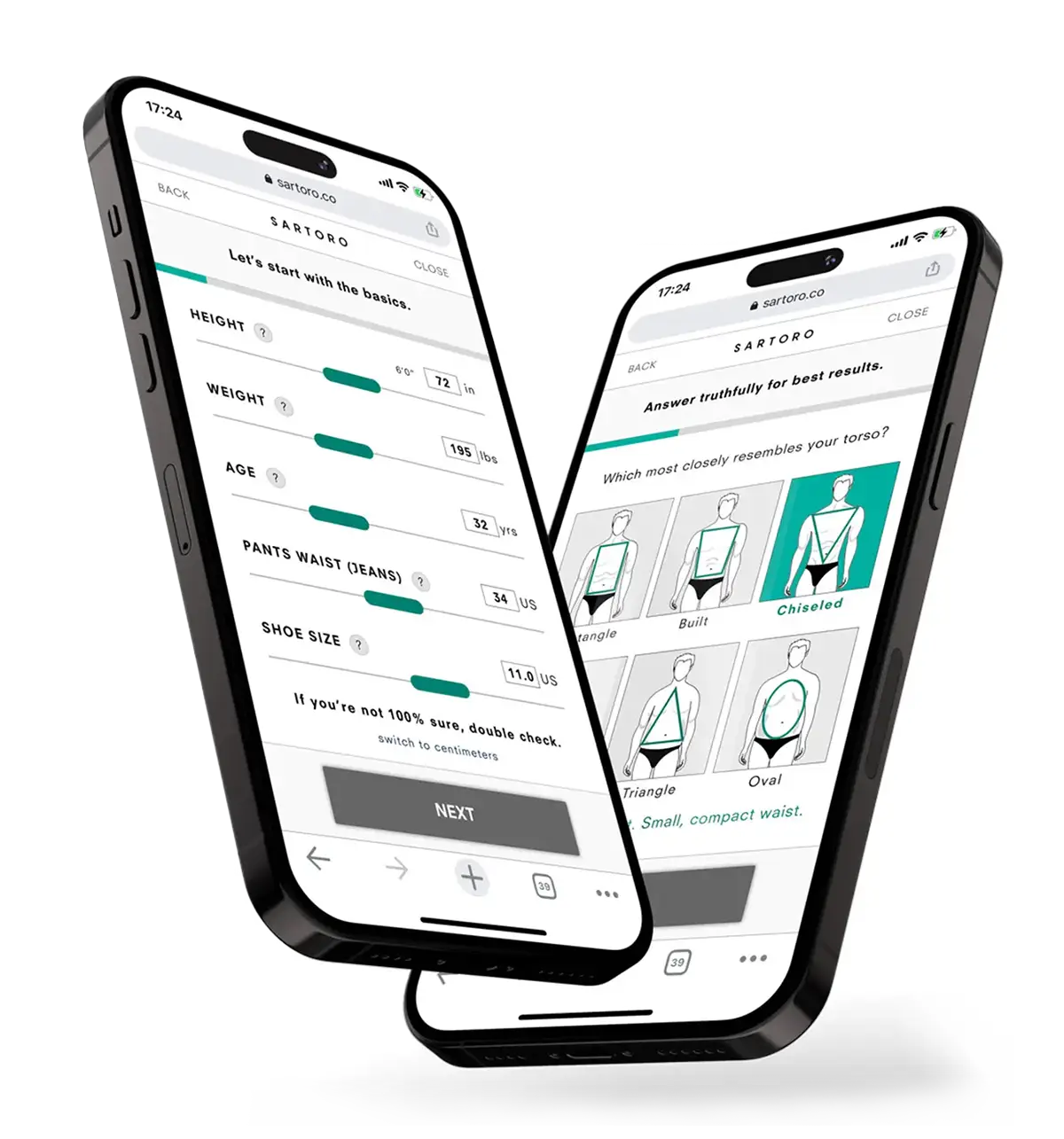
Upgrade to Custom. See the Difference.
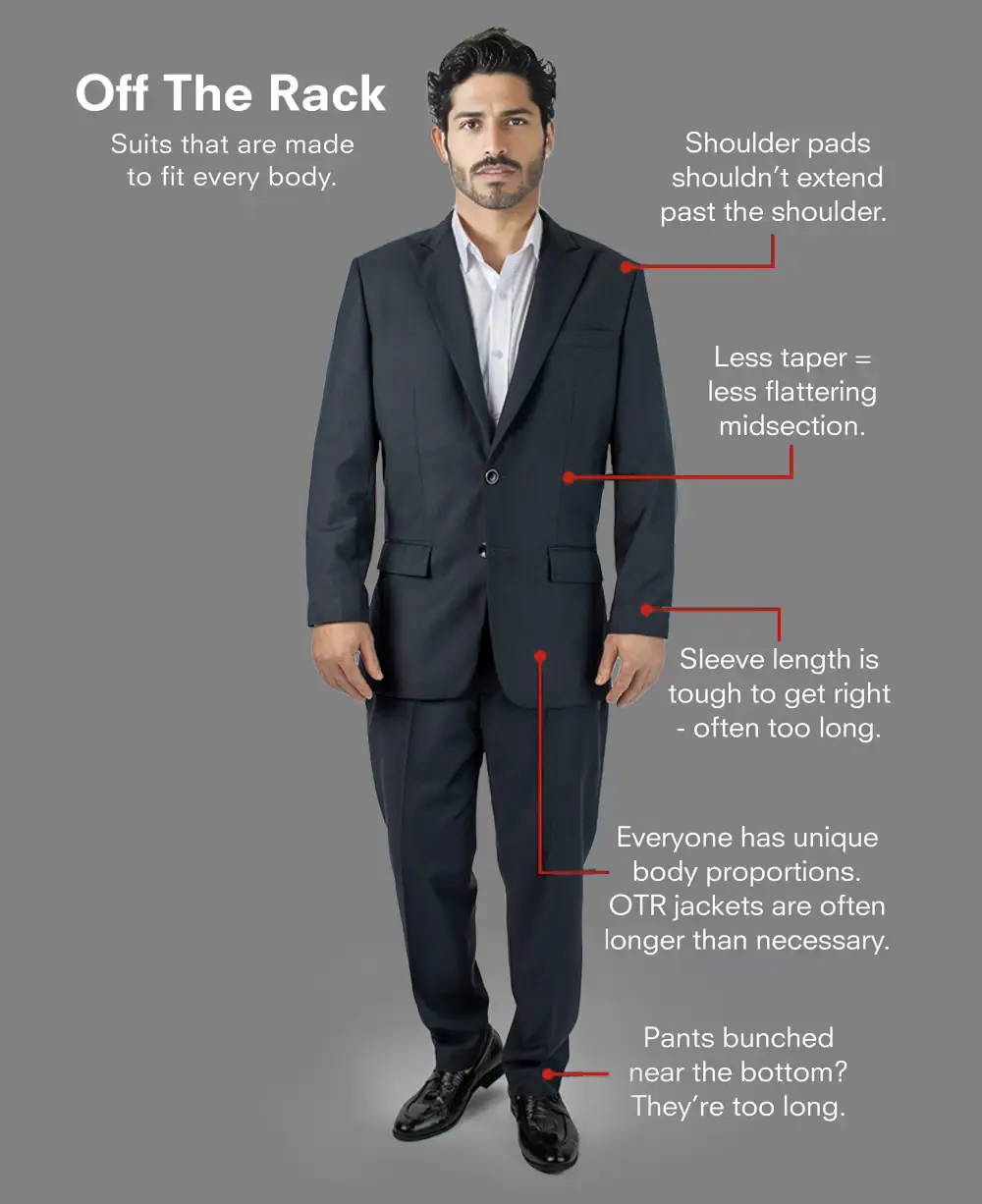
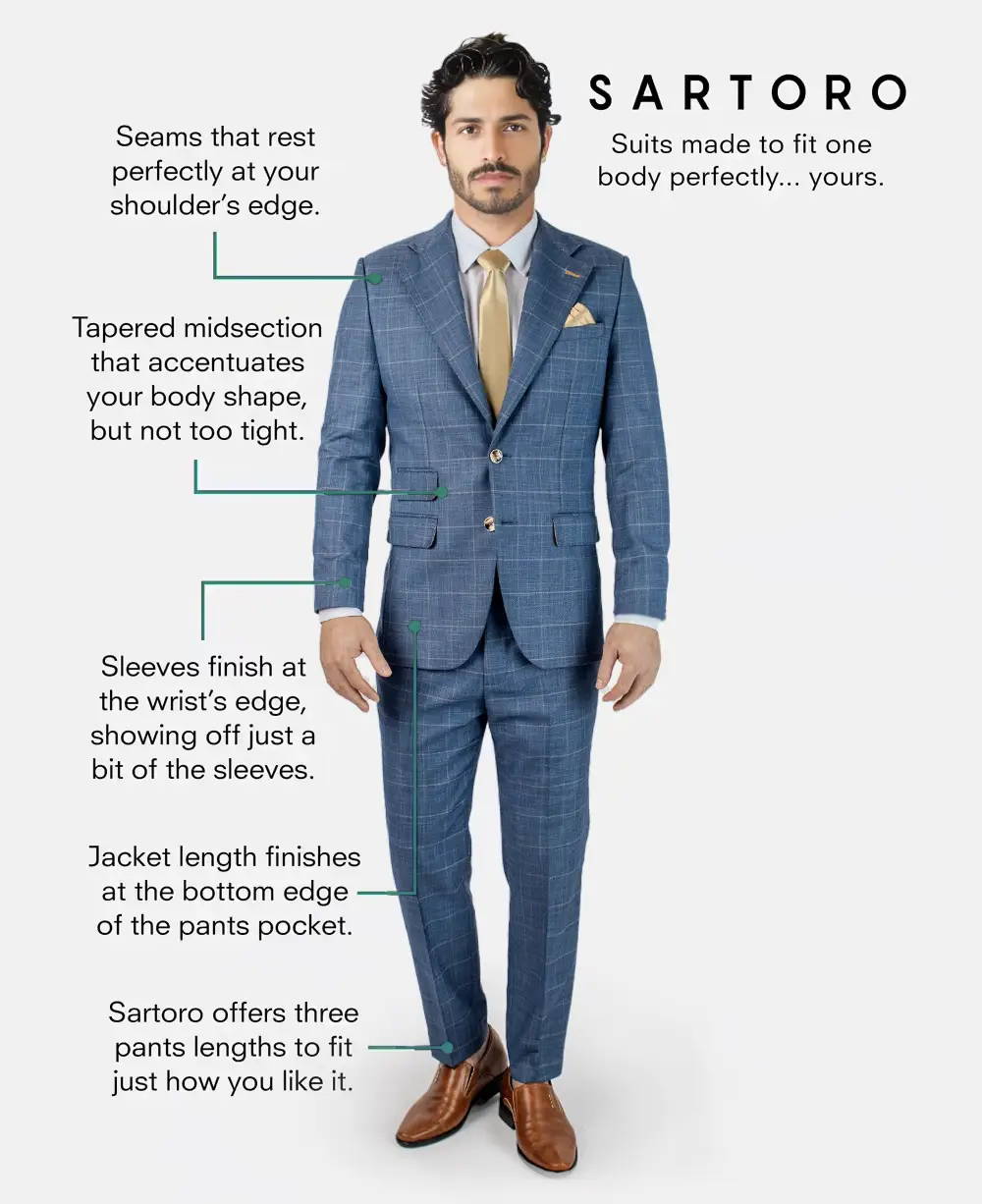
What if it doesn't fit?
Only a small percentage of first orders require adjustments, and we offer the following options:
free Alterations
Have the garments adjusted locally. We'll reimburse
you up to the covered limits. More Info
free REMAKES
Way off the mark or alterations will be too expensive?
We'll remake the garment(s), for free. More Info
Covered Alterations
Have the garments adjusted locally. We'll reimburse you. More Info
Free Remakes
Way off the mark? We'll remake the garment(s), for free. More Info
See how our suits are made
Half Canvas
An inner layer of horsehair + cotton canvas gives the jacket structure & form. This slightly more casual drape is the preferred modern style, and reduces the unnecessary price of full canvas construction.
Half Canvas Standard
An inner layer of horsehair + cotton canvas gives the jacket structure & form. The slightly less rigid drape of a half canvas is the preferred modern style, and has the added benefit for you of reduced cost over full canvas.
See how our suits are made
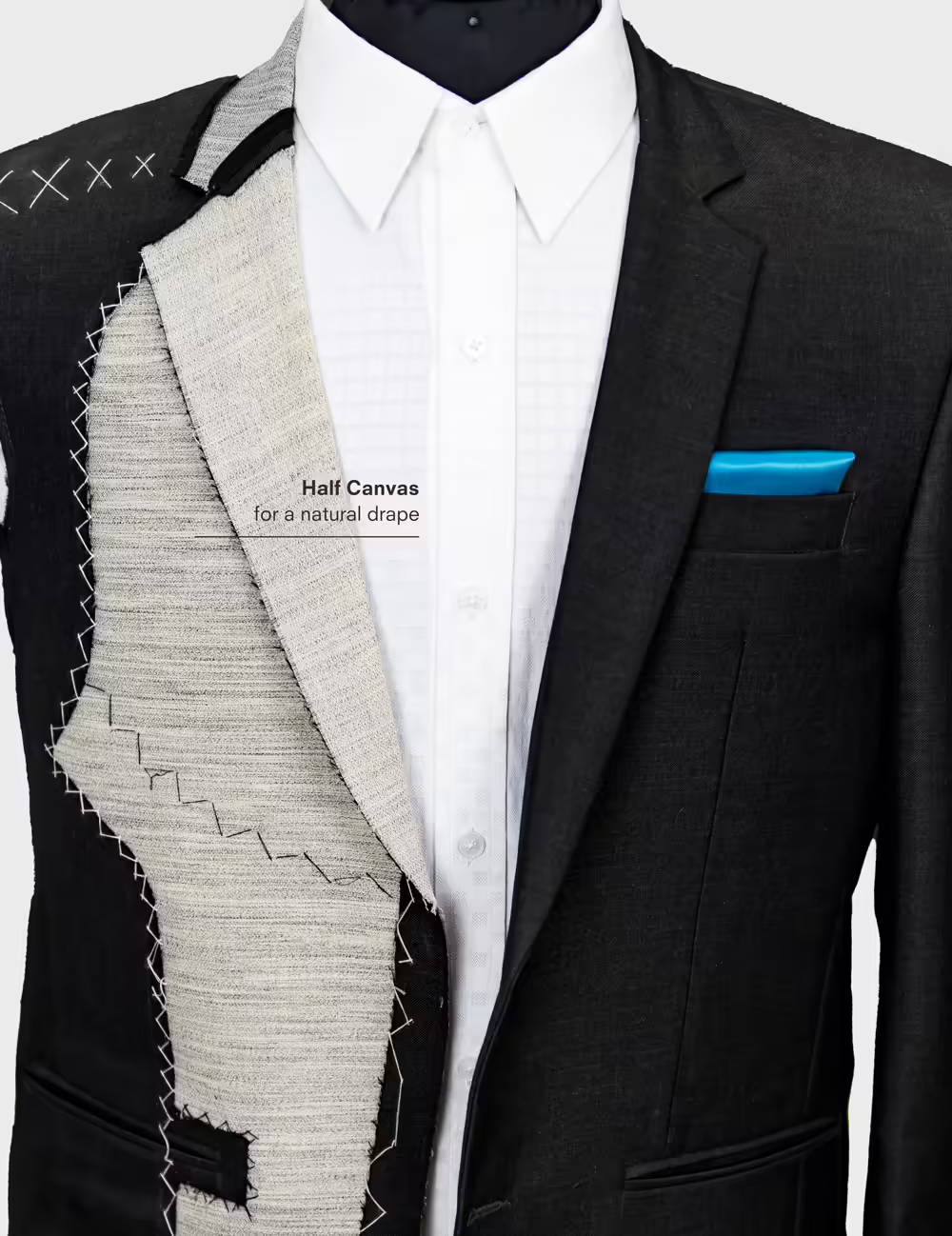
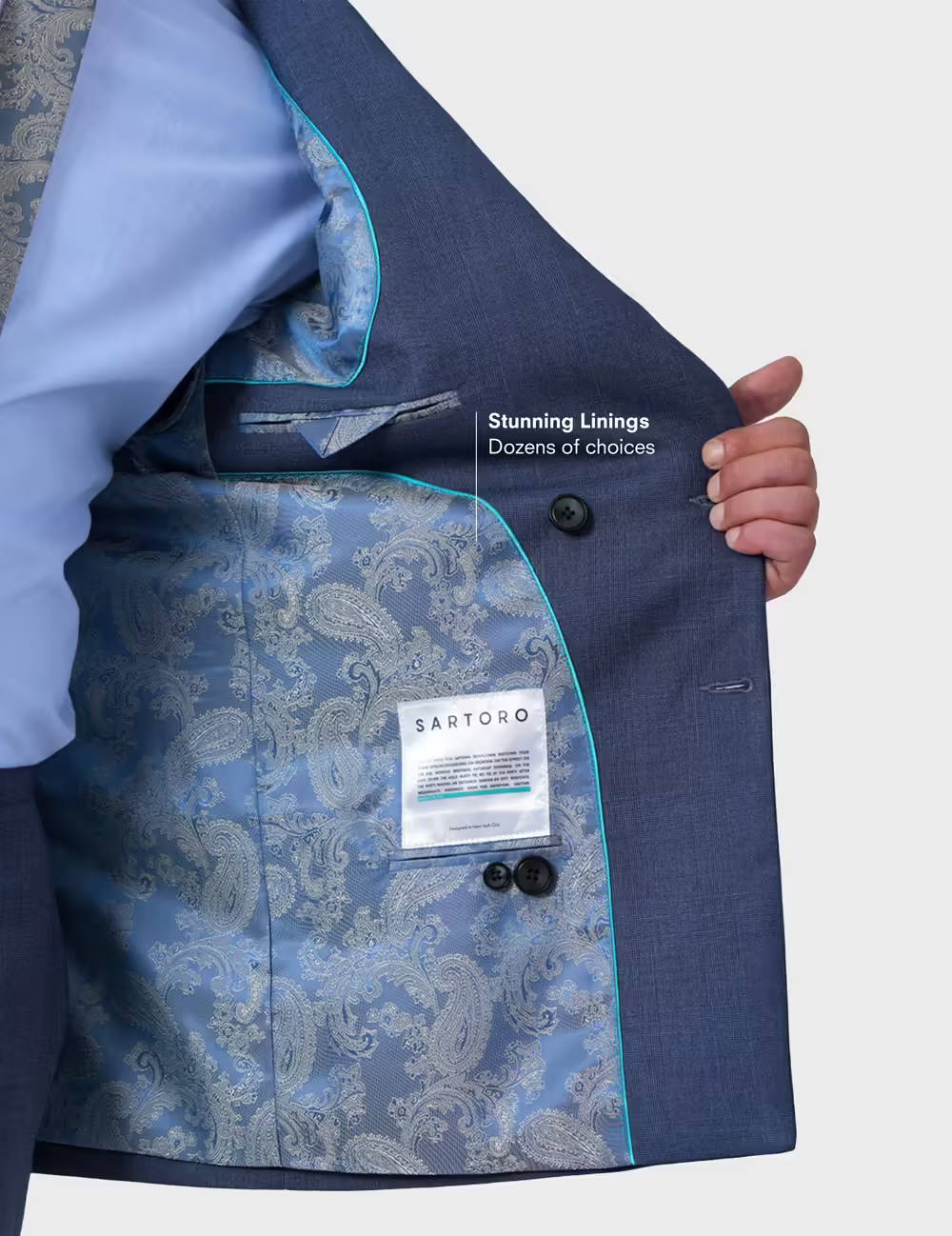
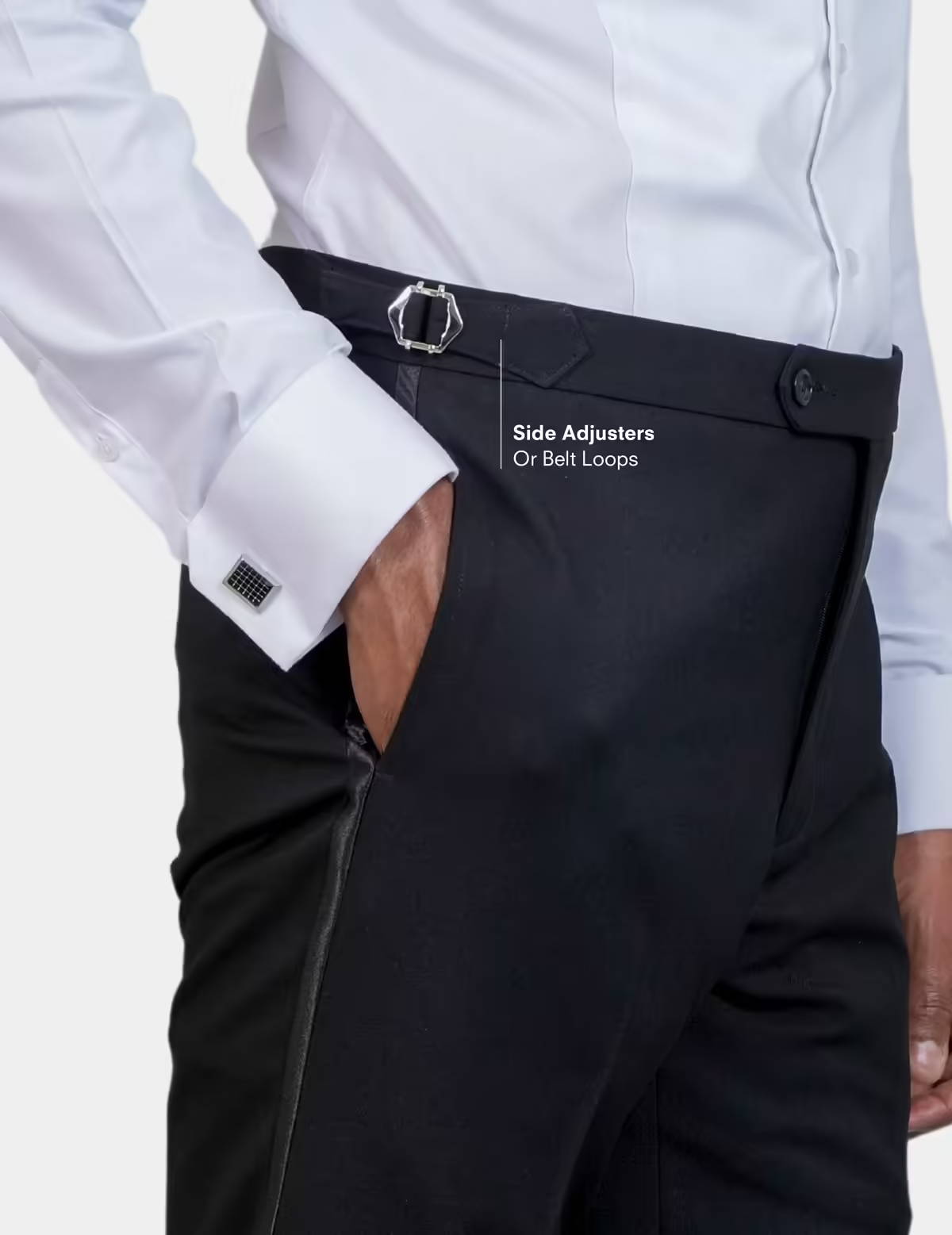
Your Personal At Home Tailor
Your Personal
At Home Tailor
We make the process of going custom simple, fast and effective. Our garments are made with care by our small team of dedicated craftsmen. We pride ourselves on providing a level of service that matches the premium quality of our custom clothing.

Custom Suits
From $469
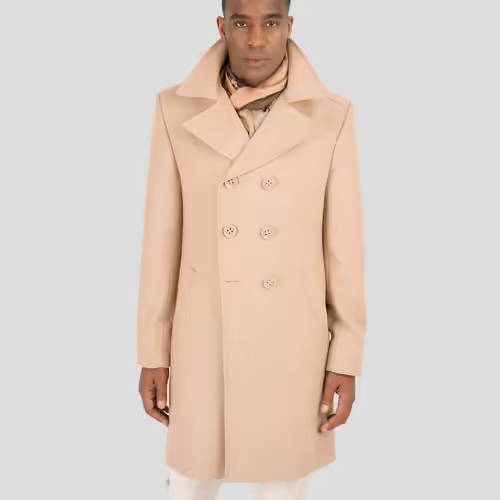
Custom Coats
From $449
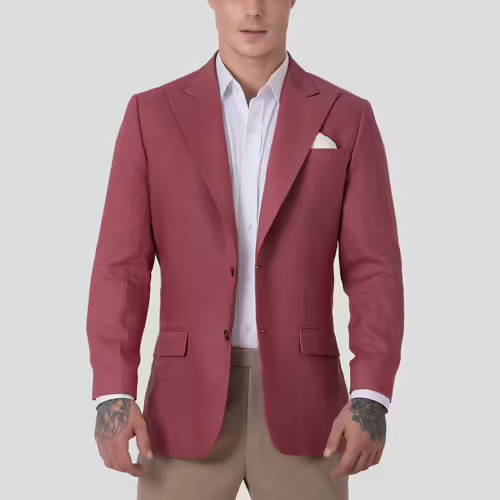
Custom Jackets
From $349
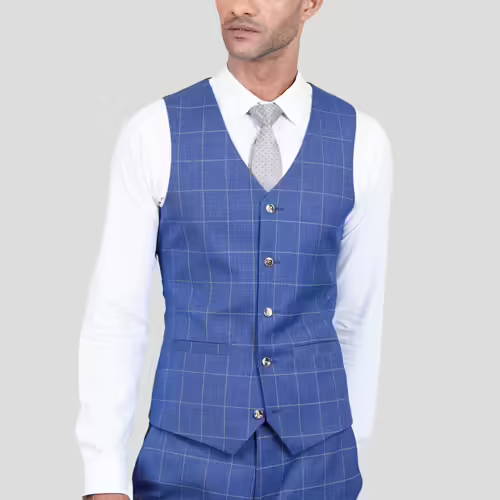
Custom Vests
From $119

Custom Pants
From $129
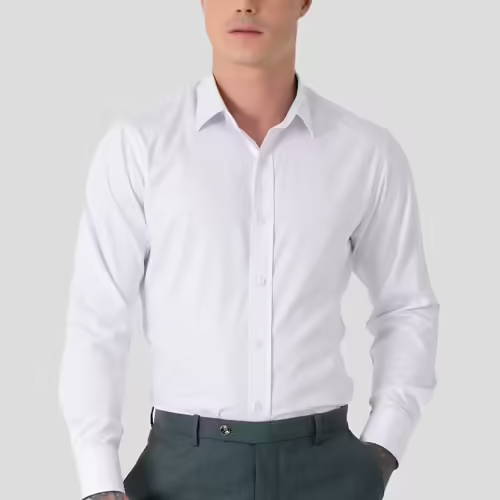
Custom Shirts
From $99
















